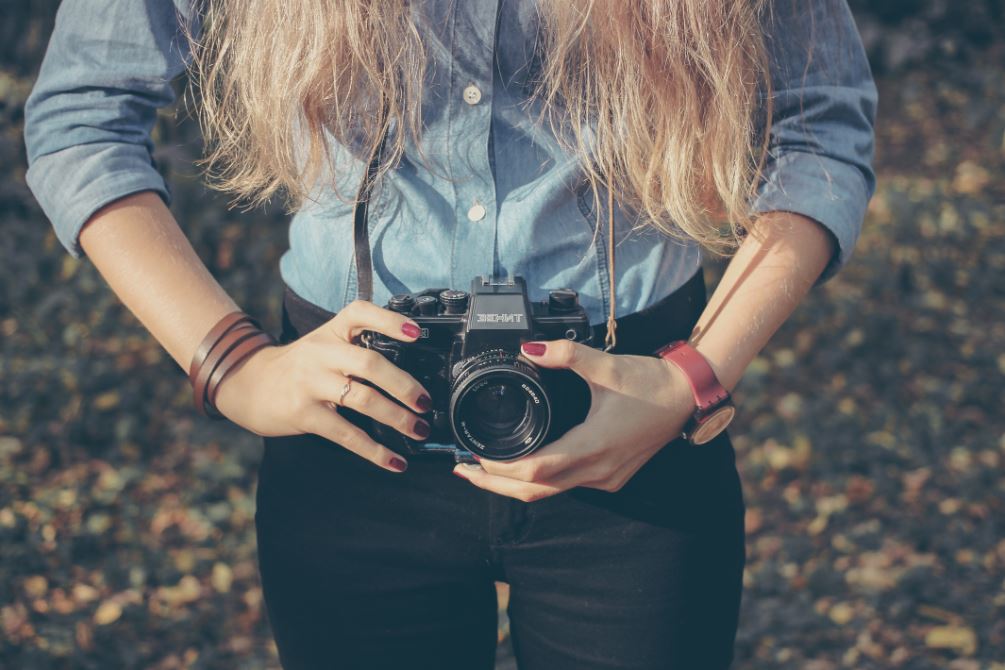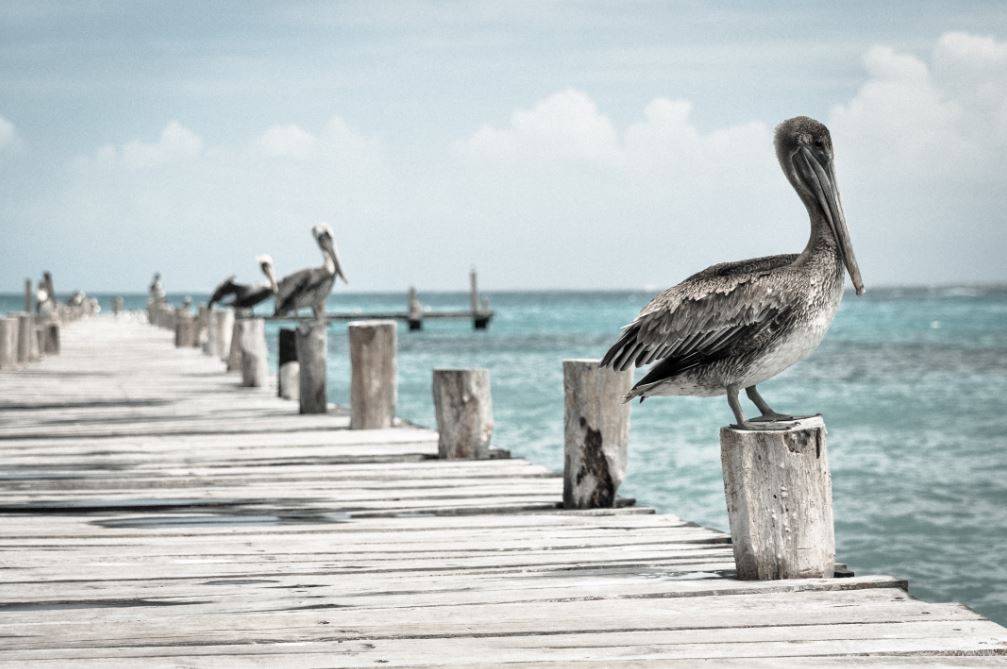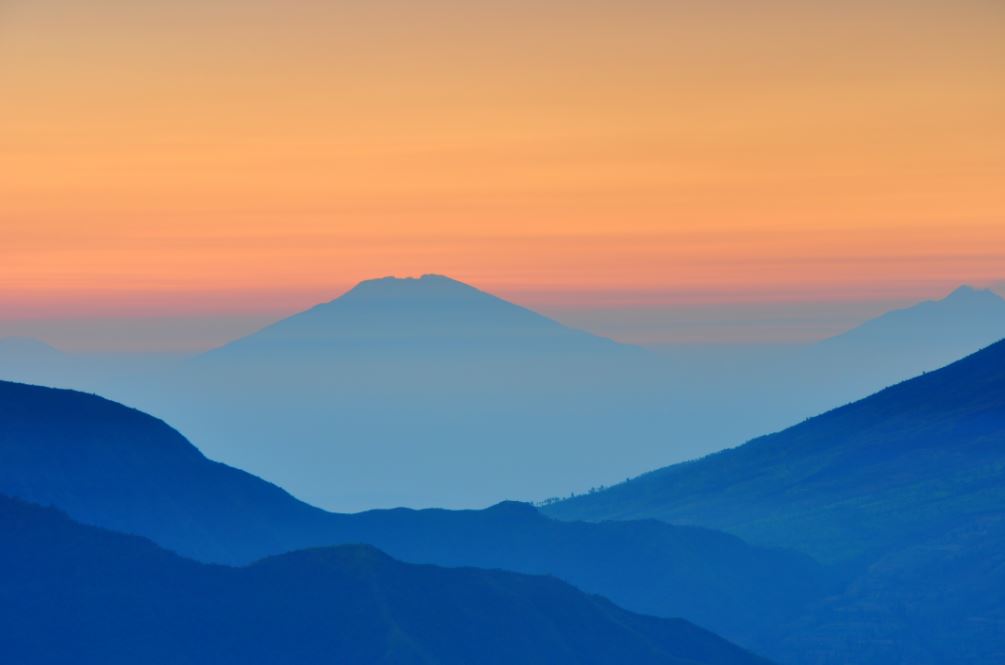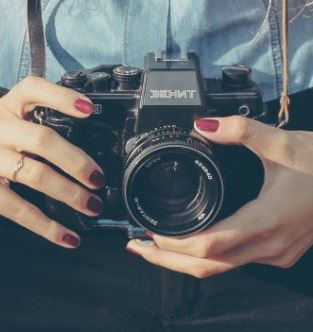Here’s what you need to consider

Pack just what you need
Only take kit you’ll need for your chosen location. For example, it’s pointless taking mosquito repellent to a desert. With more weight restrictions on airlines, pack only the clothes you will wear – then take half of them out as you will survive without them! On one trip, I’d missed the check-in time so I couldn’t check my bag, so I quickly stuffed my clothes down the sleeves of my coat and wore the rest on the plane.

Research the location
Find out as much as you can about your destination by reading up on practical guidebooks, such as Lonely Planet or Rough Guides. The internet is also invaluable, with many specialist websites giving in-depth information about even the most off-the-beaten-track locations. Read forums for other people’s first-hand experiences, especially on how to access difficult areas for photography and what time of year is best to go.

Beat the rush
While most tourists are still asleep, I’m out making the most of the great morning light – and because most people are still in bed you won’t have coach-loads of people getting in your photos and spoiling your shots! Photographing villages, towns and cities at this time of day makes the photographic experience more enjoyable.
Late afternoon and on – until after the sun sets below the horizon – is another ideal time to take pictures. In the so-called ‘magic hour’ – when the sun is just above the horizon, either in the morning or evening – scenes are illuminated with a wonderful warm, golden glow.

The best ways to use camera filters
If you only had the choice of using one filter, it would have to be a circular polariser. It’s useful because it not only reduces unwanted reflections and glare from surfaces such as glass or water, but increases saturation in blue skies.
To get maximum polarisation, place your subject at 90 degrees to the sun. You may also want to try using graduated neutral density filters. They are great not only for contrast control, but to add drama and atmosphere to skies, by balancing the exposure of the sky so it’s in-line with the foreground.
Have A Nice Trip
